What do locals think of the huge crowds that attend the Festes de Gràcia?
Neighbours say essence of festival is 'changing', but anti-tourism graffiti and sentiment is ‘misdirected’
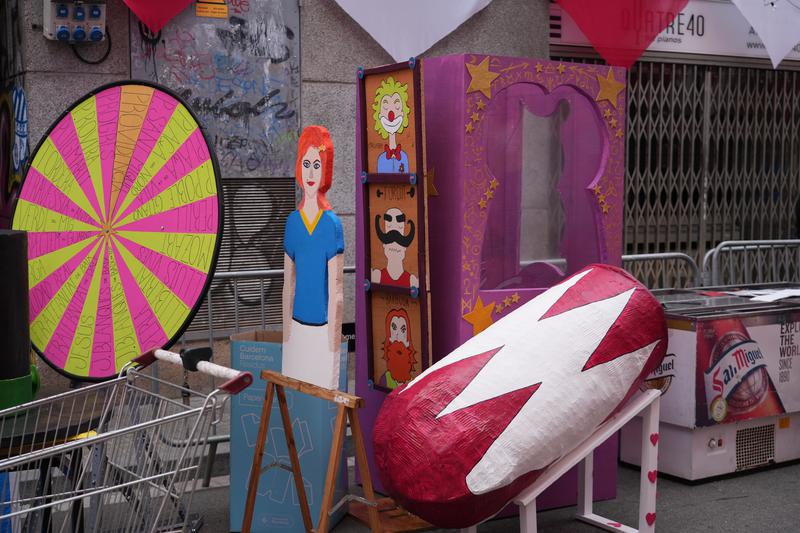
The ‘Festes de Gràcia,’ the annual local street party of the Barcelona neighbourhood, are just around the corner, bringing with it the enormous, lavish street decorations once more, and parties and music late into the night.
But for locals, it also means a huge influx of people every day in their tight neighborhood streets, and barely any peace and quiet for a week.
So what do locals in Gràcia think of their neighborhood festes and how big they've grown in recent years?
Agnès Garreta is originally from Eixample but has spent the past 45 years living in the Vallcarca area of the district of Gràcia, and forms part of the Vila de Gràcia 'castellers' human towers group. In the days leading up to the festival, she told Catalan News that she “absolutely” loves the festes time of year, but acknowledges that the situation can get “complicated” at times, given the volume of people who flock to her neighbourhood for the festival.
At times, she believes it’s tricky to maintain the “essence” of the festival when it becomes so popular. “Everyone is welcome, but please come in a respectful way,” she urges, adding that she thinks it's “important to keep some spaces closed” and reserved for the locals.
Meanwhile, Ed is originally from England but is now living in Gràcia, and Catalan News caught up with him while he was on the street on Carrer Mozart painting and preparing the decorations that were to be erected later that week. An artist, he’s lived in Gràcia for the past two years, but has helped out in the festes for the last four years, calling it a “really special week of the year,” which is the culmination of planning that started in January.
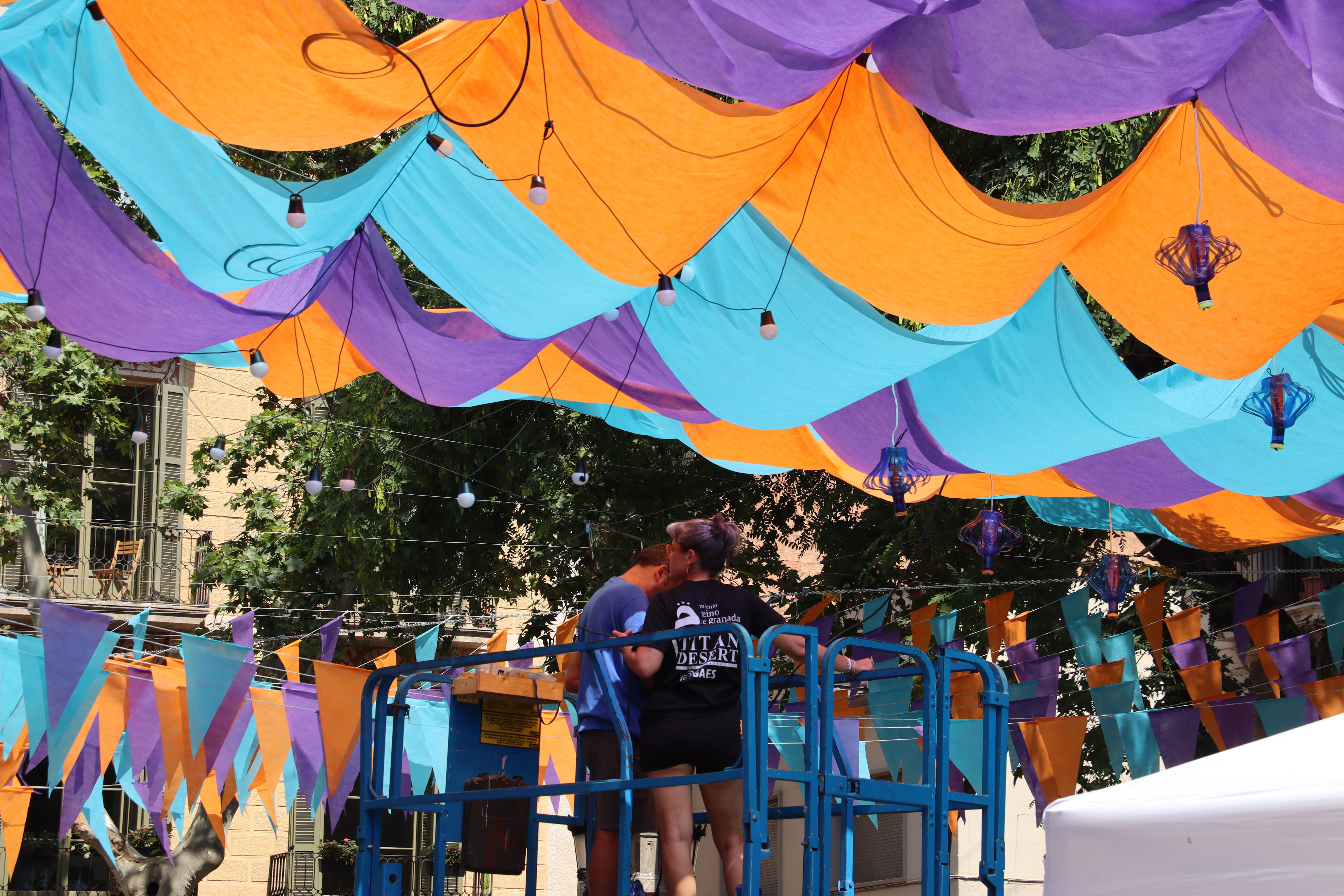
On the other hand, Alfons, who has lived in the area for 13 years, says that at first, “it was maybe okay, it was the people from the neighborhood,” but now he can’t hide his disgust at the “terrible parties,” “dirt,” and “drunken voices” that people “who are not from the neighborhood” bring to the streets of Gràcia this week each year.
Ed also knows that “there are some neighbours that hate it, and some neighbours that are more engaged and like it.” Many local graciencs will “go on holidays during this week to get away from the crowds because they don't like it,” he explains. Alfons is one such neighbour who will be escaping the madness of the festes this week, as he will go in search of some “quiet.”
For Ed, there are “positives and negatives” to the fact that so many flock to his neighbourhood each year. “It creates a lot of money and income for the people and all the shops and restaurants that are around here. The negatives is that there's so many people, and the energy can change quite quickly, especially if there's loads of drunk people.” In particular, he feels that the Saturday of the festival usually has “quite a strange energy” due to all the alcohol involved.
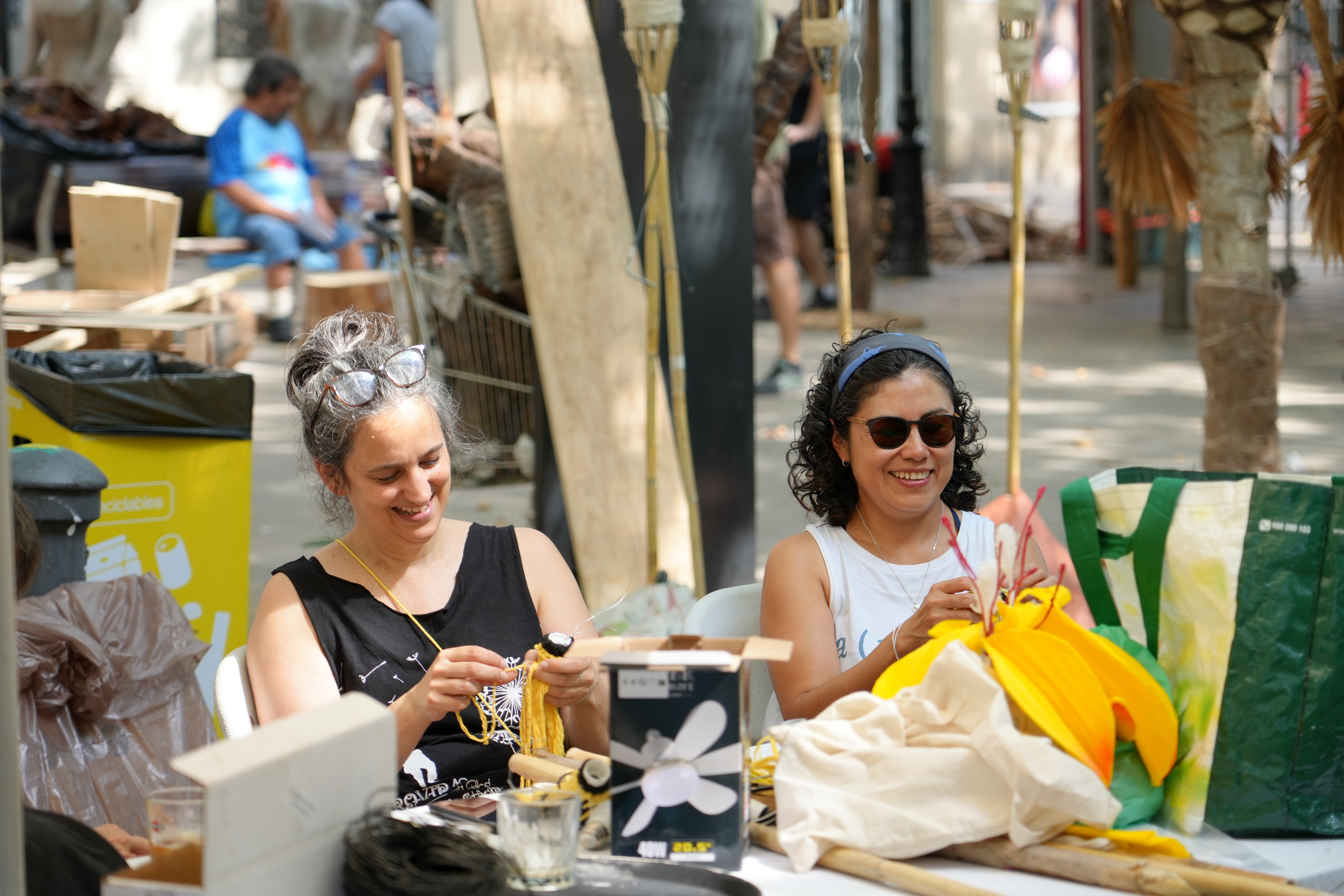
Essence of the festival
Despite the crowds, Agnès feels like the “essence” of the festival does not get lost, pointing to the fact that so many neighbours come together to work on the decorations. Her ‘castells’ group are in charge of decorating the Plaça de la Vila de Gràcia, and she points out that it’s “a year of work” that culminates on the week of the ‘festa major.’
For her, the fact that all the local folk culture groups are involved means that the essence is not lost, although she admits that it has become a somewhat “globalized” event. “Perhaps on TV you see some things that are not what really reflect the whole spirit of work,” she muses.
Ed says the essence isn’t being lost, per se, but admits that it’s “changing.” For one week a year, “this place turns into an absolute circus,” as he puts it. “For people who live here, it's very uncomfortable because there's so much noise, there are so many people, it's very difficult just to go to the shops.”
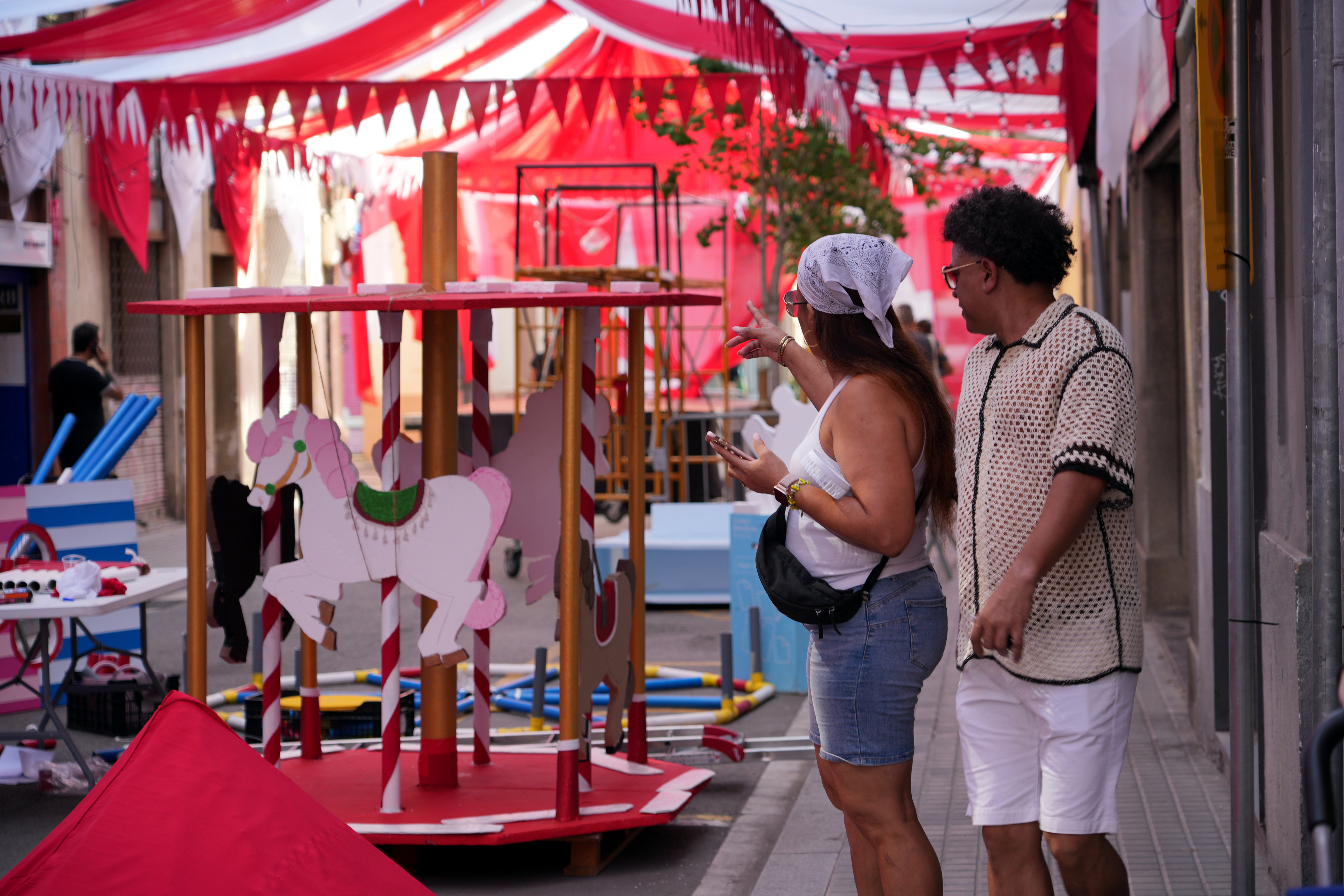
“It's changed over time, but the world has changed,” he says. “So, got to keep up.”
On the other end of the spectrum, Alfons believes the festes have become “a mess” that have “totally” lost their essence. “I live on Carrer Mozart and a month before the festa you can't walk down the street anymore,” he says.
Anti-tourism graffiti
In recent years, anti-tourism sentiment, from graffiti to slogans, has become strongly associated with Barcelona, and messages of that ilk have been spray-painted on the walls of Gràcia in the weeks around the festes.
All three Gràcia residents that we spoke with for this report had similar thoughts about such a thing – they all recognized that over-tourism is a serious problem, but were unsure on this manner of expressing concern for such an issue.
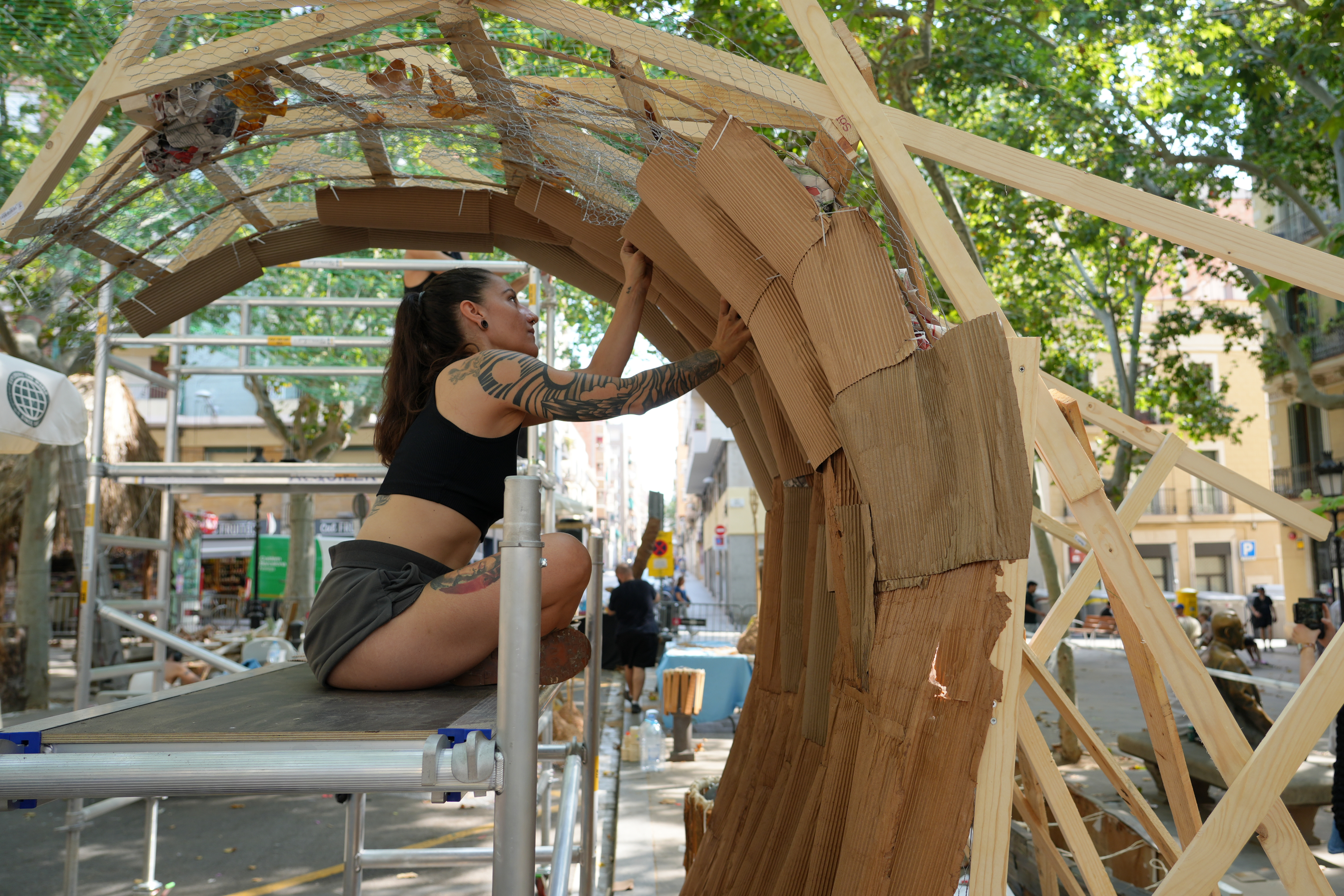
Alfons thinks the problem needs regulation, but was quick to admit that he enjoys going sightseeing, “and I suppose the same people who did the graffiti have also been tourists at some point.”
Agnès recognizes that tourism is a reality, “and should be there,” but overall appeals for “respect.” She says that Barcelona has become “massively overcrowded” and would also like to see political regulation tackle the issue, to foster a model of tourism that makes it “more respectful of the surroundings.”
Ed understands the underlying message it’s trying to convey, but points out that the tourism board promotes the ‘Festa de Gràcia,’ while “the people who own the tourist flats are more than likely from here, so…”
“Over-tourism can kill places,” he says, but he also thinks that tourists are an “easy target” and the anti-tourism sentiment is “misdirected.”
“I understand the point of trying to protect the communities, and having so many tourist flats, which become very expensive for people, prices go up everywhere and locals get priced out of literally their home. That's a very, very bad thing. I just don't know if the graffiti and the aggression is the correct way,” he says.
Being originally from England but also a fully integrated Gràcia local who forms part of the decoration-creating community, Ed has a unique perspective on the graffiti that occasionally appears. He explained to Catalan News that ‘expat mafia’ was spray-painted on the wall of his street in 2024.
“When we opened the street last year, a few of our signs at the front got defaced,” he says. He can only guess at the reason for such vandalism, but he thinks that his Carrer Mozart is an “international street.” “I don't know who's writing it, but they don't like that we're not from here,” he says.